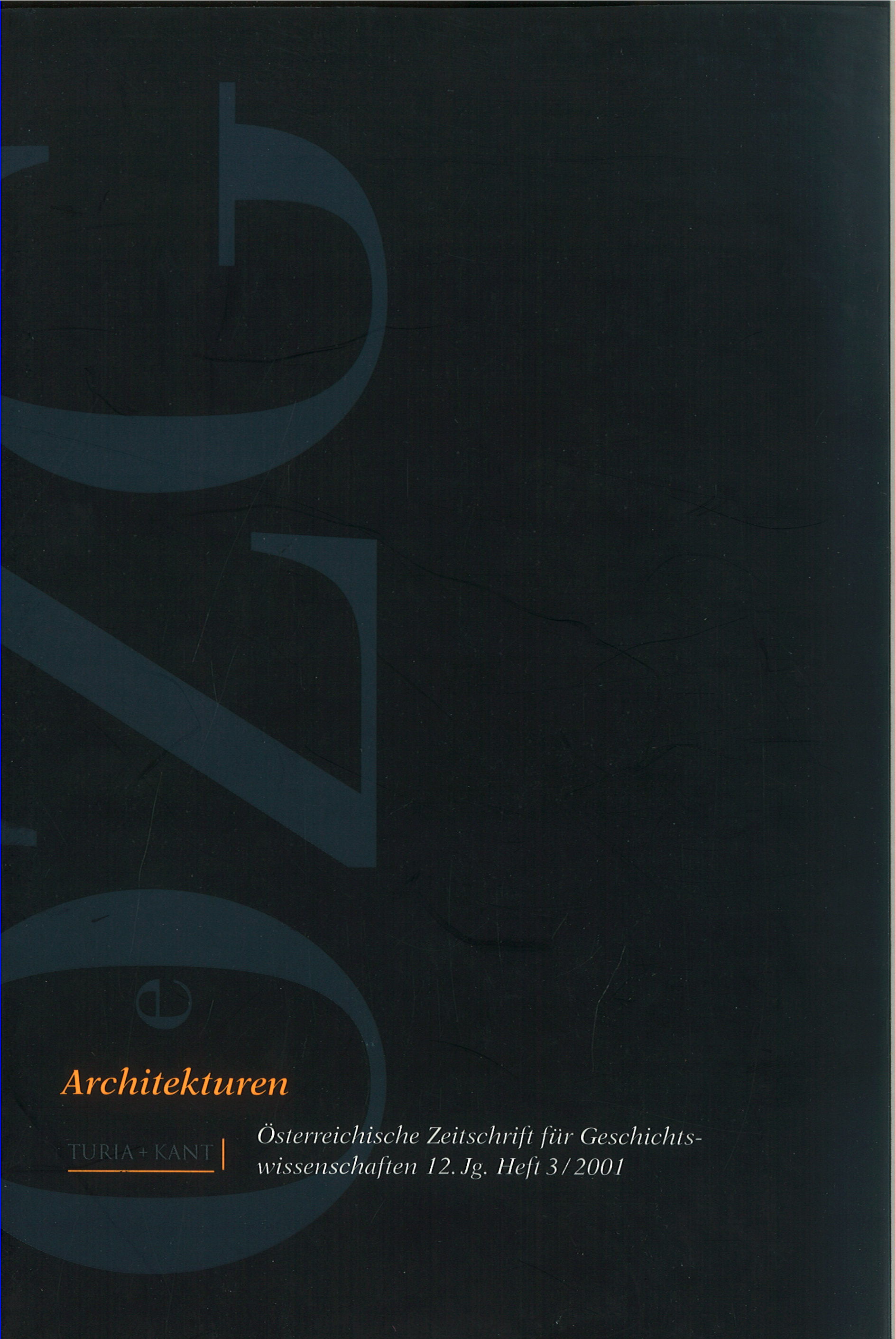Real Crime: Architektur, Stadt und Verbrechen
Zur Produktivkraft des realen und imaginierten Verbrechens für die Entwicklung von Gebäudetechnik, Architektur und Stadtplanung
DOI:
https://doi.org/10.25365/oezg-2001-12-3-2Abstract
Criminalized deviant behavior and strategies for its prevention have a strong impact on moral and political discourses within society. As Michel Foucault argued, crime can be used by dominant social classes to consolidate their hold on power. Yet, crime also proves tobe a very productive sector in a purely materialistic sense. We know from Karl Marx that crime doss not just create courtrooms, jails, laws and police, it also leads to representations of crime in the human and natural scien- ces, the mass media and the fine arts. Undoubtedly, one of crime's biggest impacts is in the security industry, architecture and the design of public space. The article demonstrates this by using a range of evidence, including the reporting of a brutal murder in one of Vienna's largest public housing estates in the late 1980s. The public discussion following the crime brought about the introduction of crime-prevention ideas from the USA, as weil as a rare alliance between police authorities and feminist campaigners. One important outcome was the gentrification of some parts of the city, while a number of measures were implemented with the aim of making public areas safer at night.


